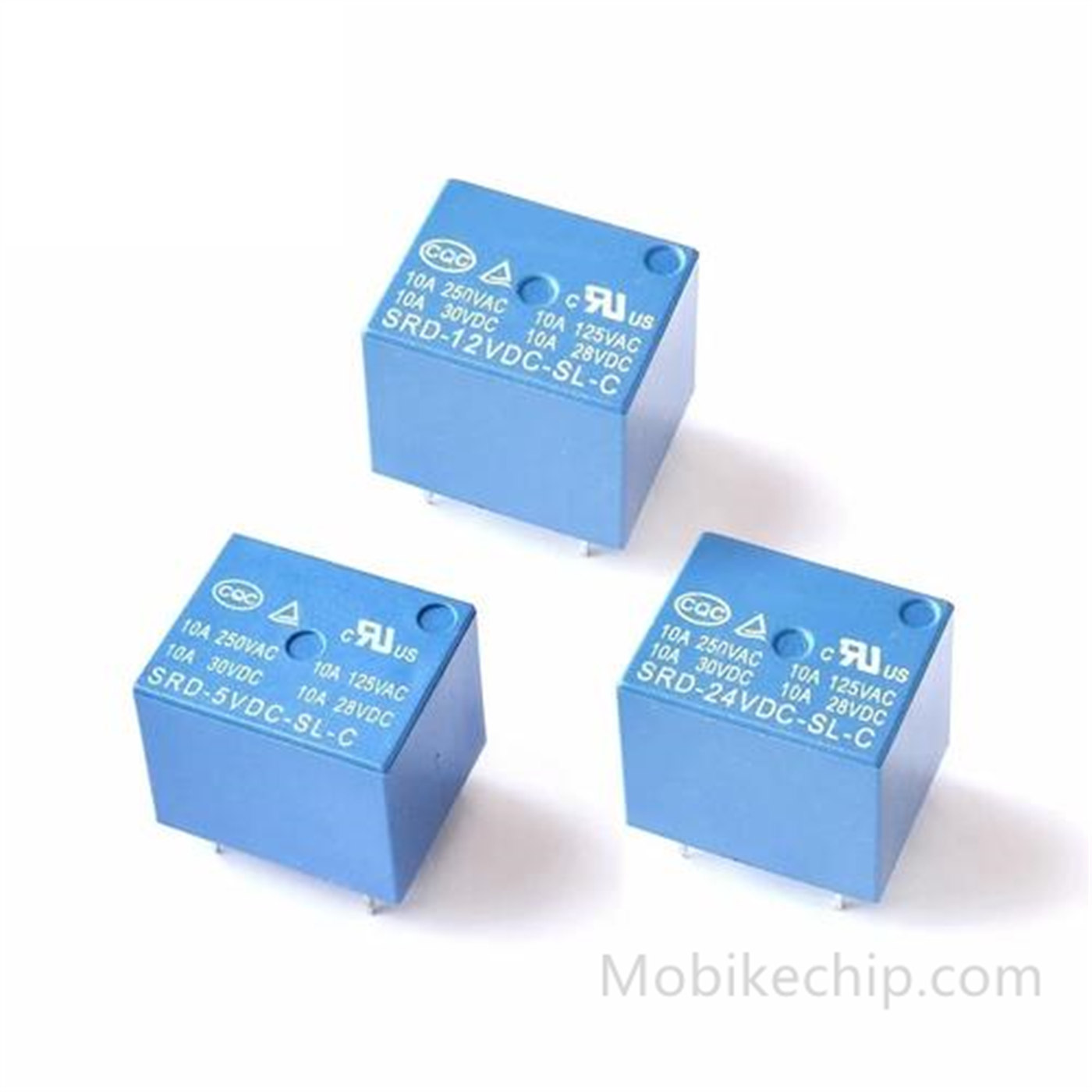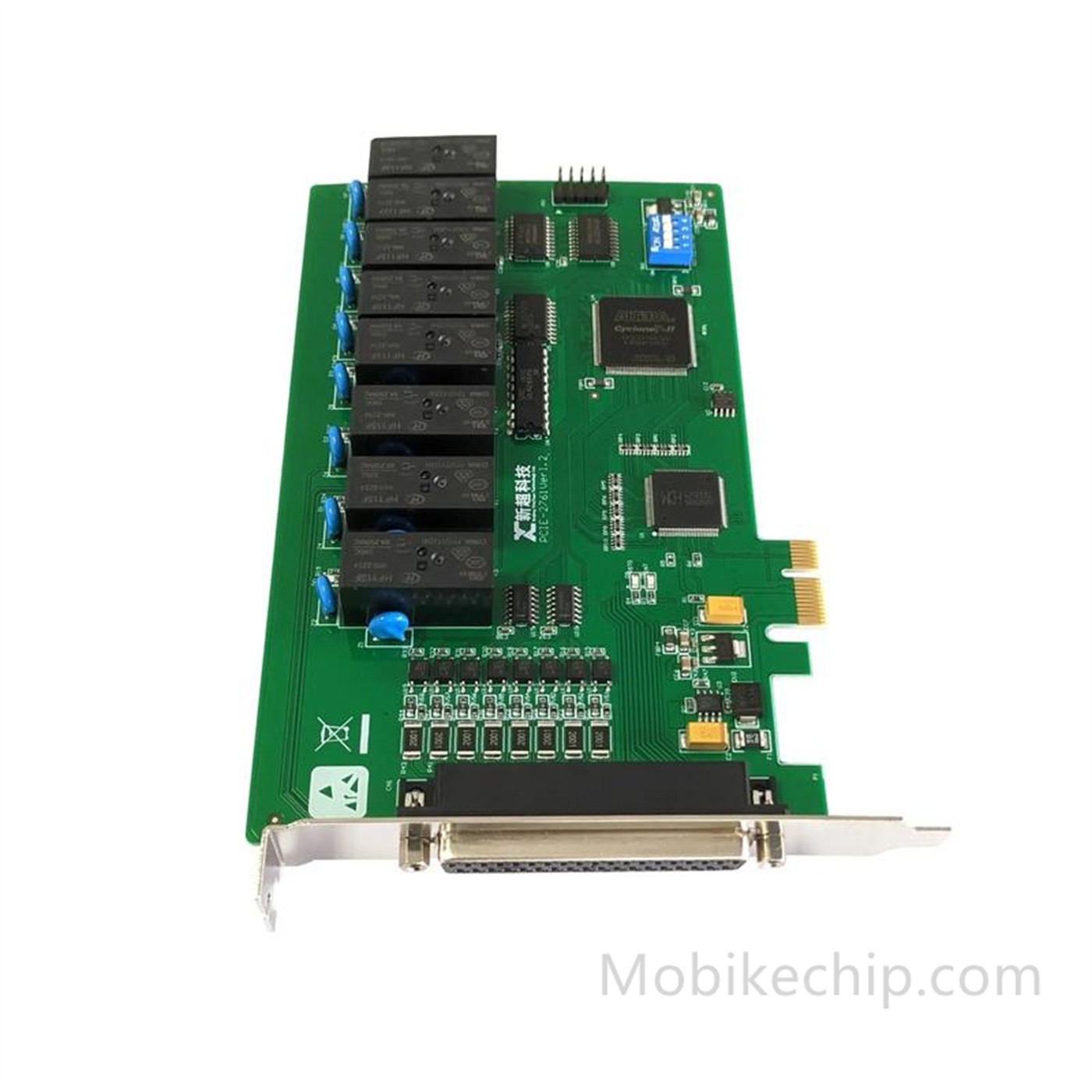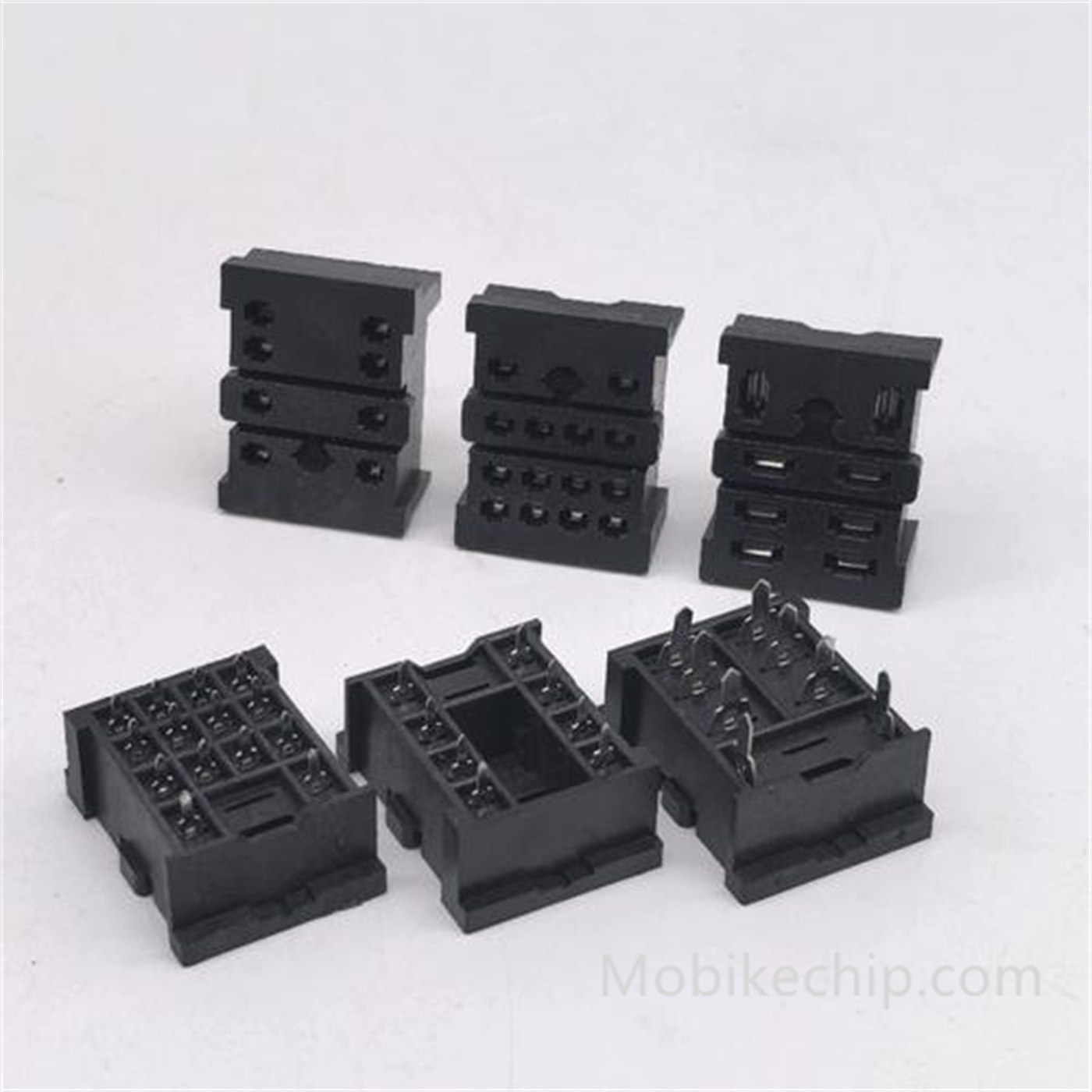What is a relay switch?
Relay switches play a vital role in modern electronic equipment and electrical systems. Whether it's household appliances, industrial automation equipment, or automotive electronic systems, relay switches are widely used in the automatic control and protection of electrical circuits. So, what is a relay switch? How does it work? And what are the types and application scenarios?
As a professional electronic components company, MobikeChip is committed to providing customers with high-quality electronic components and technical support. In this article, we will introduce the basic concept, working principle, types and application scenarios of relay switch to help you better understand and use this important component.
Basic Concepts of Relay Switch
Relay switch is a kind of electromagnetic switch, which controls large current through small current, thus realizing the automatic on-off of the circuit. It is mainly composed of a coil, contacts, core and spring. When the coil is energized, the magnetic field generated will attract the contacts to close or break, thus controlling the switching state of the circuit.
The core function of relay switch is:
Circuit isolation: to control high current by small current and protect the control circuit from the impact of high current.
Automatic control: to realize automatic switching of circuits, widely used in automation equipment and systems.
Signal conversion: convert low power signals to high power signals, applicable to a variety of electronic equipment.
The working principle of relay switch
The working principle of relay switch is based on electromagnetic effect, the specific process is as follows:
Coil energization: When a voltage is applied to both ends of the coil, a current is generated in the coil, which produces a magnetic field.
Magnetic field attraction: the magnetic field attracts the iron core, which drives the contacts to act (close or break).
Circuit energization: The closed or broken state of the contact determines the energization of the controlled circuit.
Coil Disconnection: When the coil is disconnected, the magnetic field disappears and the spring restores the contact to its initial state.
For example, in the control circuit of a household air-conditioner, a relay switch can control the high-power compressor circuit by means of a low-power control signal (e.g., the signal from a temperature sensor), thus realizing the automatic switching of the air-conditioner.
Main types of relay switches
According to the different working principles and application scenarios, relay switches can be categorized into the following types:
1. Electromagnetic Relay
Electromagnetic relay is the most common type of relay, which realizes circuit on/off by driving mechanical contacts through electromagnetic coils. Its advantages are simple structure, low cost, and applicable to a variety of general-purpose scenarios.
2. Solid State Relay (SSR)
Solid state relays utilize semiconductor devices (e.g., thyristors, MOSFETs, etc.) to realize circuit turn-on and turn-off without mechanical contacts. The advantages are long life, fast response, no noise, suitable for high frequency switching and low noise environment.
3. Thermal relay
Thermal relay realizes the circuit through the thermal effect of bimetal, mainly used for motor overload protection. When the current is too large, the bimetal is bent by heat, thus breaking the circuit.
4. Time relay
Time relays have a time delay function, which can automatically turn on and off the circuit after a set period of time. It is widely used in timing control scenarios, such as lighting control, equipment startup, etc.
Application Scenarios of Relay Switches
1. Household appliances
Relay switches are widely used in household appliances, such as air conditioners, refrigerators, washing machines and so on. Through relay switch, automatic control and protection of equipment can be realized.
2. Industrial automation
In industrial automation equipment, relay switches are used to control motors, solenoid valves, sensors and other equipment to realize the automation and intelligence of production lines.
3. Automotive electronics
Relay switches in automotive electronic systems are used to control lights, horns, fans, fuel pumps and other equipment to ensure the normal operation of the vehicle.
4. Communication equipment
In communication equipment, relay switches are used for signal switching and circuit protection to ensure the stability and reliability of the communication system.
Conclusion
As an important component in electronic circuits, relay switches, with their unique functions and wide range of application scenarios, have become an indispensable part of modern electronic equipment and electrical systems. By understanding the basic concepts, working principles, types of relay switches and their application scenarios, you can better select and use this important component.
MobikeChip is always committed to providing our customers with quality electronic components and solutions. No matter you need electromagnetic relays, solid state relays or other types of relay switches, we can provide you with the most suitable products and technical support. If you encounter any problems in selection or use, please feel free to contact us!




Comments
Post a Comment